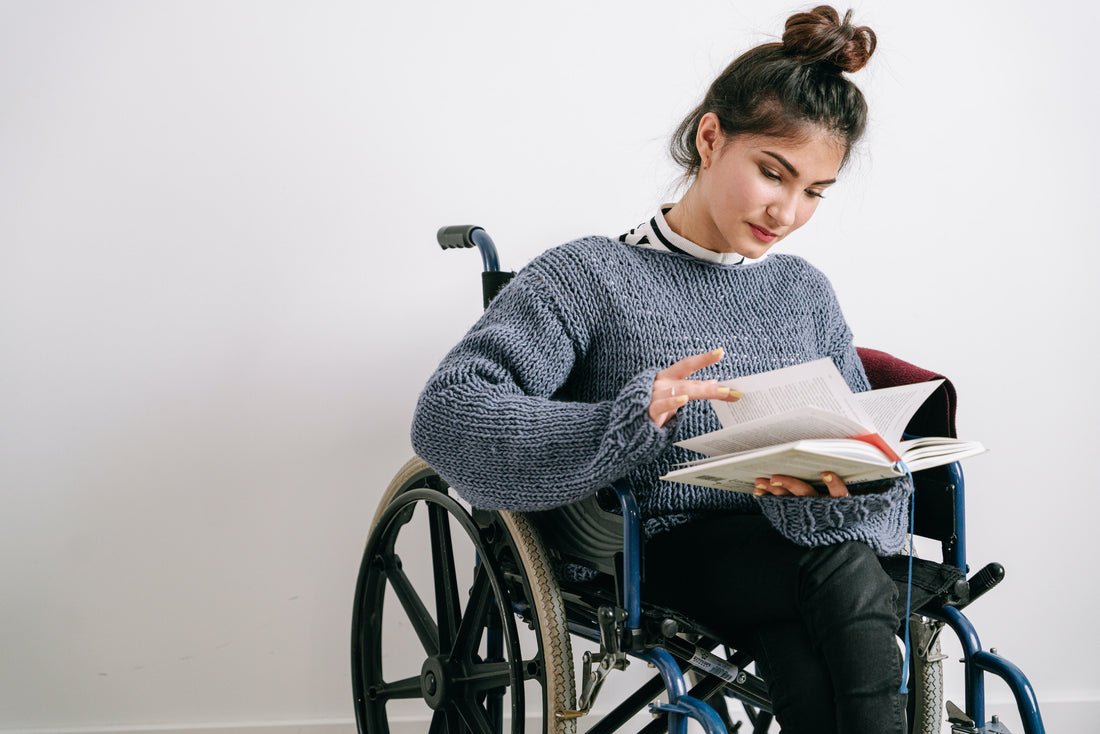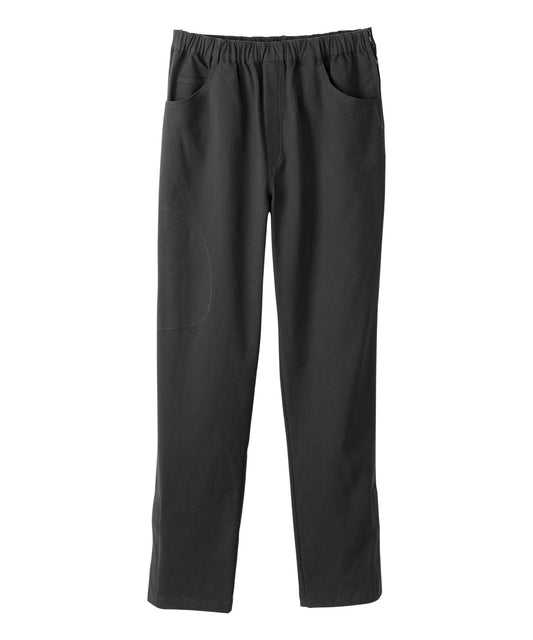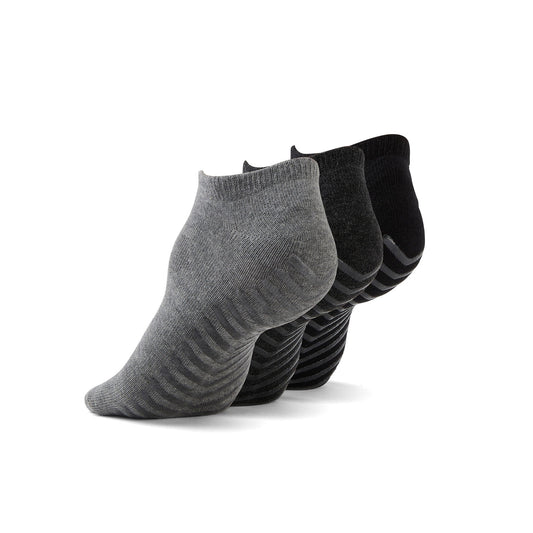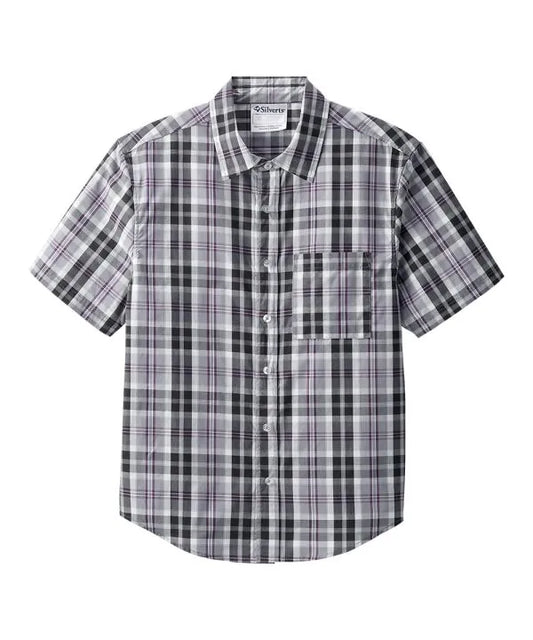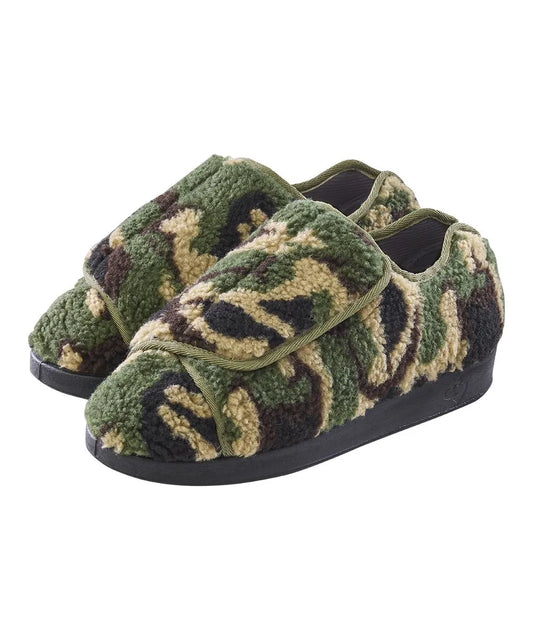Adaptive clothing, once associated with the aging population, is rapidly gaining popularity among millennials living with disabilities. Far from being drab or utilitarian, these clothing items offer an exciting blend of functionality and style. This shift reflects the growing recognition of the fashion industry towards inclusivity and accessibility for all. Let’s delve into why adaptive clothing is gaining traction among millennials and why it is more than just a trend, but a necessity.
The Millennial Drive for Independence
Millennials, born between 1981 and 1996, value independence and autonomy. As the most diverse generation in history, they’re reshaping societal norms and expectations in significant ways, including their approach to disability. This generation views disability not as a barrier, but as just one aspect of their identity. They are motivated by a desire for independence, seeking out tools and resources that can help them navigate the world on their terms.
This drive for independence extends to fashion, which is where adaptive clothing comes into play. These clothing items are designed with various modifications, such as magnetic closures, adjustable waistbands, or side zippers, which simplify the dressing process, promoting independence and autonomy. More than just facilitating the act of dressing, adaptive clothing empowers millennials with disabilities by allowing them to express their personal style independently.
The Intersection of Functionality and Style
While adaptive clothing was primarily designed with functionality in mind, it is no longer acceptable for it to be purely utilitarian. Millennials demand style and refuse to compromise their fashion sense because of a disability. They seek clothes that are not only comfortable and easy to wear, but also trendy and reflective of their personal style.
Several fashion brands have recognized this demand and responded accordingly. Tommy Hilfiger's adaptive clothing line, for instance, includes fashionable items like trendy jackets with magnetic zippers and stylish jeans with adjustable hems. Zappos Adaptive offers a range of stylish footwear, from slip-on shoes to fashionable boots, all designed for easy wear. Brands like IZ Adaptive and Intimately have also emerged with adaptive clothing lines that focus on chic, fashionable designs.
The Importance of Representation
For millennials with disabilities, seeing themselves represented in fashion is crucial. It's about more than just having accessible clothing options; it's about the validation that comes from inclusion.
Fashion brands have started to feature models with various disabilities in their campaigns. This visibility is a powerful statement that beauty and fashion are not confined to conventional norms. By having individuals who reflect their consumer base model their clothes, brands send a powerful message to millennials with disabilities - that they are seen, valued, and catered to.
Accessibility and Inclusivity in Shopping Experiences
Adaptive clothing isn't just about the clothes; it's also about the shopping experience. For too long, individuals with disabilities have had to navigate a retail landscape that wasn't designed with their needs in mind. However, this is changing, with brands now recognizing the importance of an inclusive shopping experience.
Online retailers are increasingly utilizing technology to make shopping more accessible. This includes tools that read text aloud, virtual fitting rooms, and websites designed for easy navigation. Brick-and-mortar stores are also becoming more accessible, with fitting rooms that accommodate wheelchairs and staff trained to assist shoppers with disabilities.
The Economic Influence of the Disabled Community
The fashion industry, like any business sector, is motivated by economic factors. The spending power of individuals with disabilities is significant. In the U.S., the disposable income for working-age people with disabilities is about $490 billion, according to the American Institutes for Research.
By offering adaptive clothing, brands tap into this market. But it’s more than just good business sense. By being inclusive, these brands contribute to breaking down barriers and challenging societal perceptions about disability.
Changing Attitudes About Disability
Millennials are at the forefront of changing attitudes about disability. They view disability through the lens of social justice, pushing for equality and inclusivity. Adaptive clothing is a part of this narrative, serving as a tool that enables individuals with disabilities to live fully and independently.
The growing trend of adaptive clothing among millennials signifies more than just a shift in fashion; it represents a broader cultural shift towards inclusivity and acceptance. It's a recognition that individuals with disabilities have the same right to express their personal style and should have equal access to fashionable clothing.
Conclusion
Adaptive clothing for millennials with disabilities is more than a trend; it's a movement towards inclusivity, autonomy, and style. It's about refusing to compromise fashion for functionality, about claiming space in a world that often overlooks disability. By embracing adaptive clothing, millennials are redefining what independence looks like and challenging societal norms.
The growth of adaptive clothing demonstrates the power of inclusivity in fashion, offering lessons for other sectors. It highlights the importance of considering diverse needs and showcases how, with creativity and innovation, barriers can be transformed into opportunities.
Whether you're a millennial with a disability, a caregiver, a fashion brand, or simply someone interested in the intersection of fashion and accessibility, the rise of adaptive clothing offers much to celebrate and learn from. It's more than a trend—it's a shift towards a more inclusive world, one where style and disability are not seen as contradictory, but as perfectly harmonious.
In the words of actress and model Danielle Sheypuk, who uses a wheelchair: "People with disabilities are fashionable. We care about how we look. So, give us options." The adaptive clothing industry is rising to this challenge, proving that fashion can be both stylish and accessible. If you’re on the lookout for fashionable clothing, check out some of June Adaptive’s options:
Men's Sherpa Lined Jacket with Magnetic Buttons
Women's Wrap Top with Panel Snaps
By embracing adaptive clothing, millennials are not just choosing clothes that work for them; they're challenging an industry to be more inclusive and are reshaping societal perceptions about disability and fashion. And that's a trend worth celebrating.

